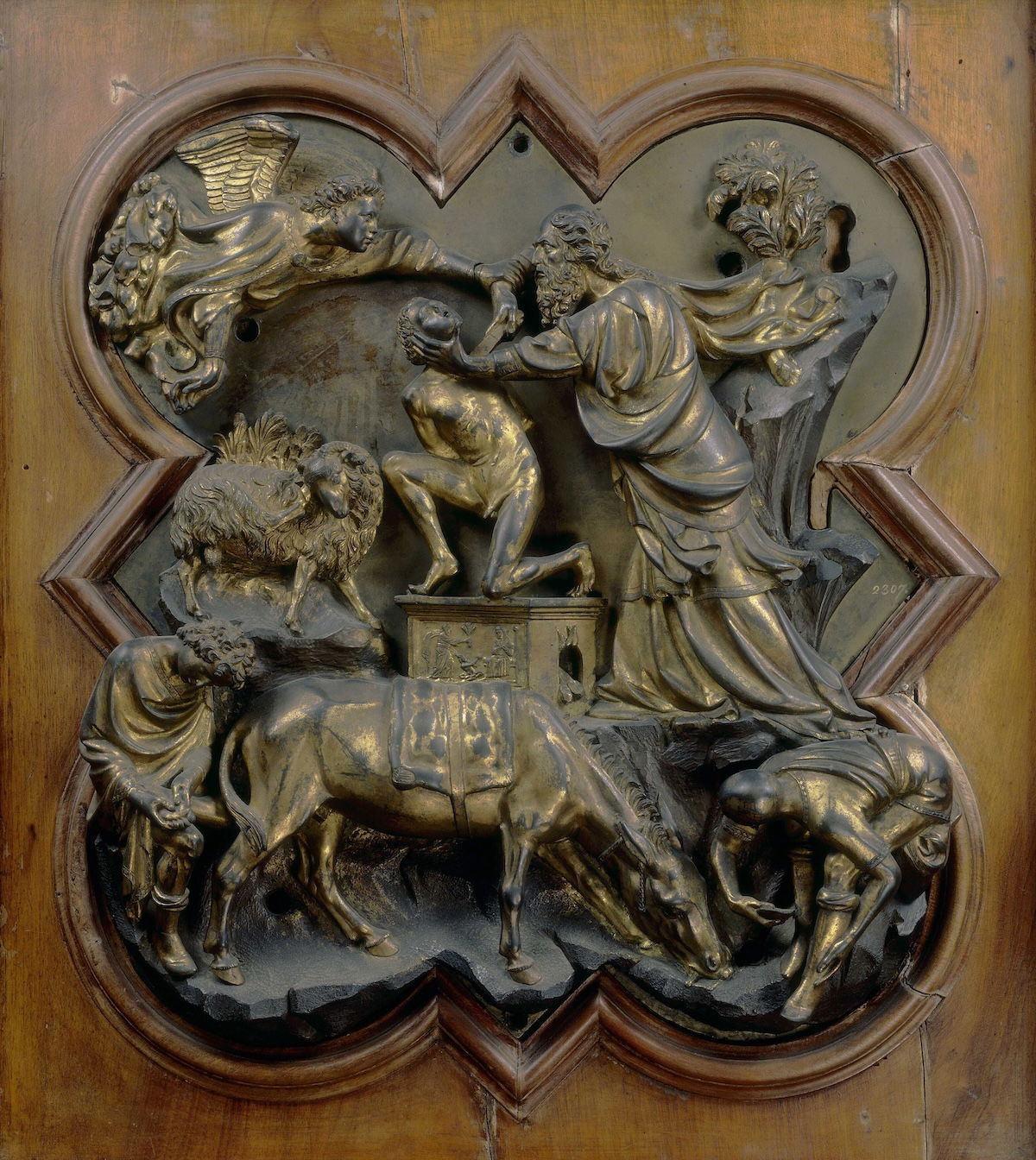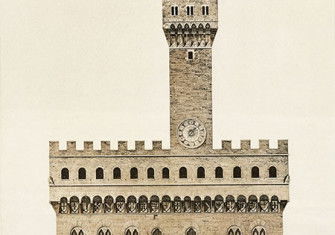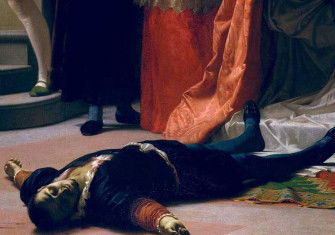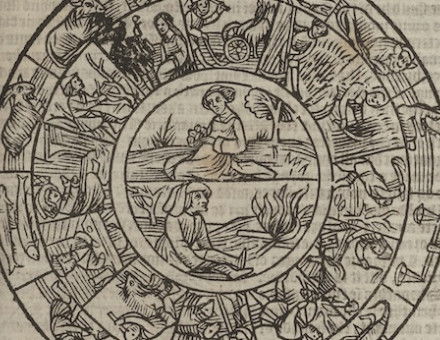Renaissance Florence’s Missing Bronzes
The controversial outcome of a sculpture competition between Filippo Brunelleschi and Lorenzo Ghiberti changed the urban fabric of Renaissance Florence – or so the story goes.

It was the greatest contest in the history of art – and arguably the most mysterious too. The year was 1401 and in Florence, the ‘home’ of the Renaissance, uncertainty reigned. Still reeling from an outbreak of plague the previous year, the city had been sucked into a damaging war with Milan. As fears of invasion mounted, a feverish religiosity took hold. Attention focused on the baptistery. A large, octagonal building opposite the cathedral, it had long been a focus for civic life, both in triumph and adversity. A little over 70 years before, the sculptor Andrea Pisano had cast a set of bronze doors for the southern portal. Now, in Florence’s hour of peril, it was high time that an equally, if not more, dazzling pair should be cast for the north side – a testament to the city’s faith, an offering for its deliverance, and an assertion of its defiance.







